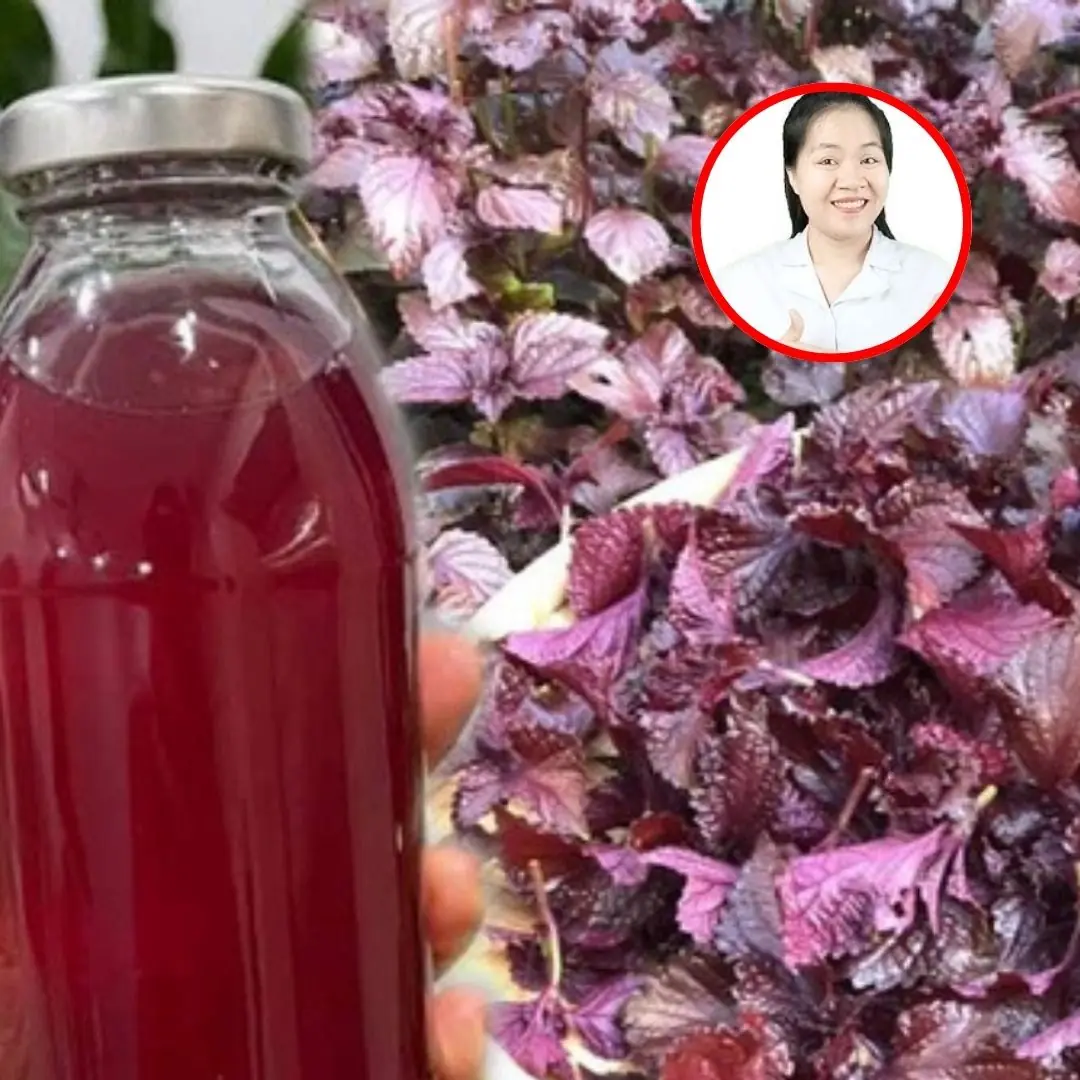
4 types of fish are listed as 'cancer causing'! Eating too much will cause cancer
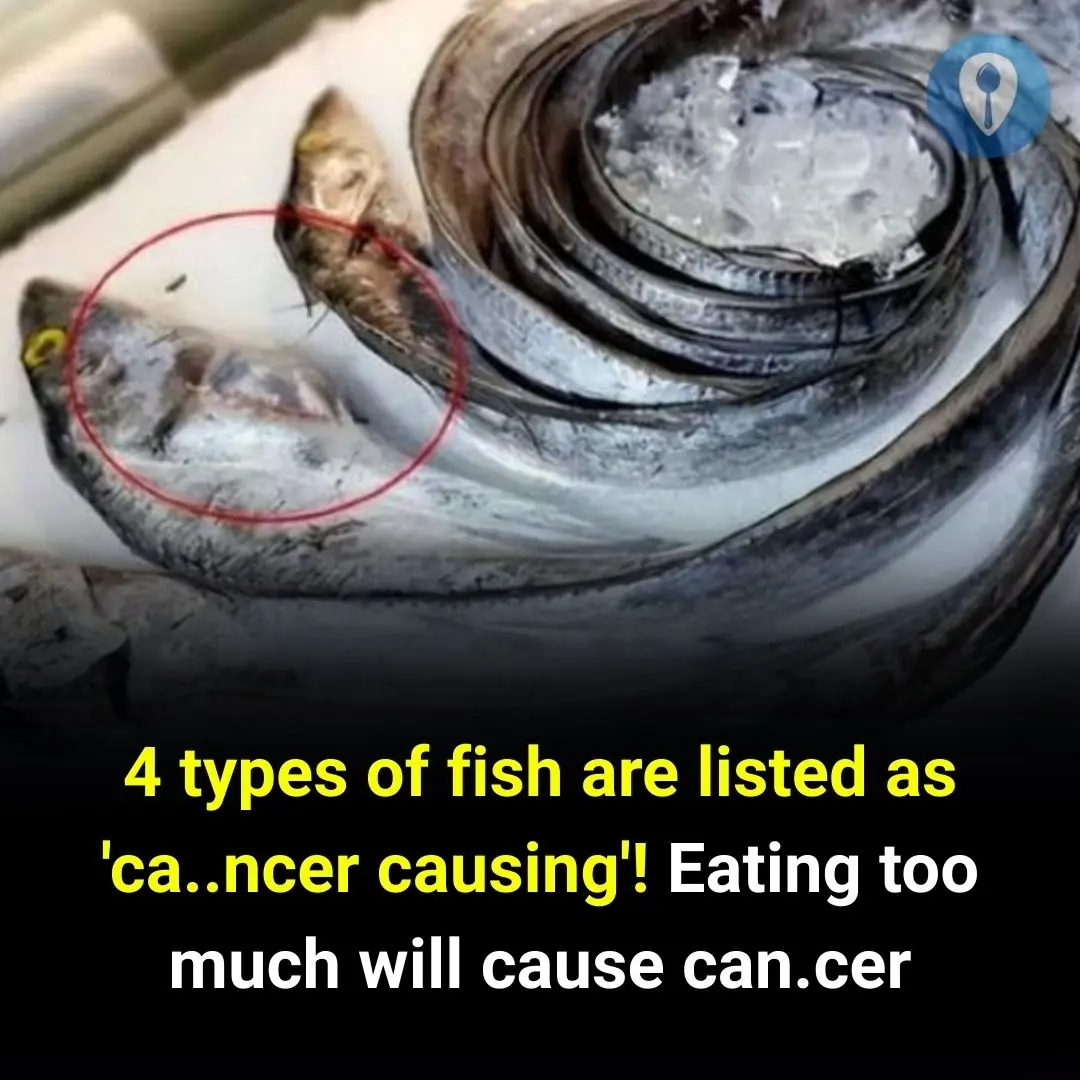
From luxurious banquets to intimate gatherings with friends, fish is always an indispensable dish. It not only offers a delicious flavor but is also packed with valuable nutrients that are beneficial for both the brain and vision. However, when choosing fish to cook, consumers must remain highly vigilant.
Mackerel treated with formaldehyde
Mackerel, a popular type of marine fish loved for its tender meat and sweet taste, is a common dish in many households. However, these very characteristics pose a great challenge for preservation and transportation—especially in hot and humid climates. Mackerel meat is very soft and spoils easily if not handled properly. In addition, the silvery scales on its surface are prone to flaking off.
To extend shelf life and maintain an appealing appearance, some unscrupulous traders use formaldehyde—a strong preservative that inhibits bacterial growth, keeps the scales intact, and makes the fish’s surface look shiny.
4 types of fish linked to cancer: Mackerel, Grass Carp, Sashimi, Wild-caught Fish
Mackerel meat is very soft and spoils easily if not handled properly.
However, treating mackerel with formaldehyde poses numerous health risks to consumers:
-
Flavor: Formaldehyde alters the natural taste of mackerel, stripping away its inherent sweetness and leaving a strange, unpleasant chemical taste. Consumers often detect a harsh, acrid flavor instead of the fish’s original freshness.
-
Nutrition: Formaldehyde destroys protein structures, reducing the nutritional value of mackerel. While we eat fish to get high-quality protein, formaldehyde-treated mackerel loses much of this benefit.
-
Cancer risk: Formaldehyde is a recognized carcinogen. Long-term consumption of mackerel treated with formaldehyde can lead to respiratory irritation, skin allergies, liver and kidney damage, and even an increased risk of cancer.
How to identify mackerel treated with formaldehyde:
-
Appearance: Such mackerel often have flaking silver scales, cloudy eyes, and collapsed gills. Their surface may appear unnaturally shiny.
-
Texture: The flesh tends to be firm and lacks elasticity—feeling hard and dry instead of tender like fresh mackerel.
-
Smell & taste: During cooking, if there’s a strong, unpleasant chemical odor, excessive white foam, or the fish body curls up, these are warning signs of formaldehyde treatment.
As consumers, we have the right to safe, healthy food. When faced with food safety issues like formaldehyde-treated mackerel, we must stay alert, learn to recognize problem fish, and refuse to buy or eat them.
Note: While formaldehyde is harmful, not all preservatives used for mackerel are dangerous. Consumers should research the fish’s source and origin carefully before purchasing.
Grass carp and toxic bile
Grass carp, one of China’s “four famous fish,” is popular with consumers for its tasty meat and reasonable price. They are not picky eaters and will consume almost anything.
Because they are easy to feed, the farming cost for grass carp is relatively low, making them widely cultivated in our country. However, certain improper farming practices can pose health risks.
-
Toxin accumulation: Some farmers overuse growth stimulants, which can lead to harmful substance buildup in the fish’s body.
-
Pollutant absorption: Grass carp readily absorb and accumulate pollutants from the water, which can threaten consumer health.
-
Toxic bile: One notable danger is that grass carp bile is poisonous. If the bile sac ruptures during preparation, toxins can contaminate the flesh and cause food poisoning.
Safety tips for eating grass carp:
-
Choose reputable suppliers: Buy from trusted vendors and regulated distribution channels.
-
Check appearance: Fresh grass carp have shiny scales, clear eyes, and bright red gills.
-
Handle carefully: Remove the bile sac intact to prevent contamination, and store or freeze promptly.
-
Cook thoroughly: Proper cooking kills harmful bacteria.
Grass carp can be prepared in various ways—braised, steamed, or made into fish balls—meeting different taste preferences while ensuring safety. However, mislabeling sometimes occurs, and consumers may confuse grass carp with other species such as common carp. Due to growing food safety concerns, some people are replacing grass carp with safer alternatives like tilapia and common carp.
Sashimi and parasites
Sashimi is prepared by thinly slicing fresh fish or seafood and serving it raw with condiments. This method preserves the original flavor of the fish without complex cooking and retains almost all of its nutrients.
However, eating sashimi carries risks—since it’s uncooked, it may contain harmful bacteria and parasites.
In January 2023, Fukushima, Japan, reported a food poisoning outbreak affecting people aged 5 to 91. Investigations revealed that the culprit was parasites in sashimi.
Parasitic infections can cause liver fluke disease, and prolonged infections may increase the risk of liver cancer. Worryingly, parasite presence can’t be judged by fish size. Smaller fish eaten by larger ones can pass on parasites, and some parasites can survive certain treatments.
How to eat sashimi safely:
-
Choose the right fish: Opt for products labeled “safe to eat raw.” Deep-sea fish like salmon, tuna, and Arctic shellfish are generally safer.
-
Special groups beware: Pregnant women, young children, and the elderly should avoid sashimi due to weaker immune systems.
-
Condiments don’t kill parasites: Ginger, garlic, wasabi, and vinegar enhance flavor but cannot eliminate parasites.
Wild-caught fish: truly better?
Traditionally, wild fish are believed to taste better and have higher nutritional value than farmed fish. This perception partly stems from our longing for nature and from fishing culture.
However, with industrialization and urbanization, water pollution has worsened, threatening the habitat of wild fish. Living in polluted environments for long periods, wild fish can accumulate toxic algae and other contaminants.
More concerning is bioaccumulation—persistent organic pollutants and heavy metals concentrate at higher levels in the food chain. Wild fish also often carry parasites, which may inhabit their mouths, scales, or other parts.
Eating toxin-laden wild fish can harm human health, leading to chronic poisoning over time. Consuming undercooked wild fish can cause parasitic infections and other complications. Long-term consumption of heavily contaminated fish may increase cancer risk.
By contrast, farmed fish benefit from controlled environments, regulated feed, and disease prevention. With modern aquaculture technology, farmed fish can match or exceed wild fish in quality and nutrition while providing a stable market supply.
In conclusion, choosing between wild and farmed fish is not just a matter of taste—it’s also about health safety. To protect yourself and your family, choose fish from safe sources and cook them thoroughly before eating.
News in the same category


Three Types of Vegetables with the Highest Pesticide Residues

Doctor Warns: 5 Symptoms That Could Indicate Bone Cancer
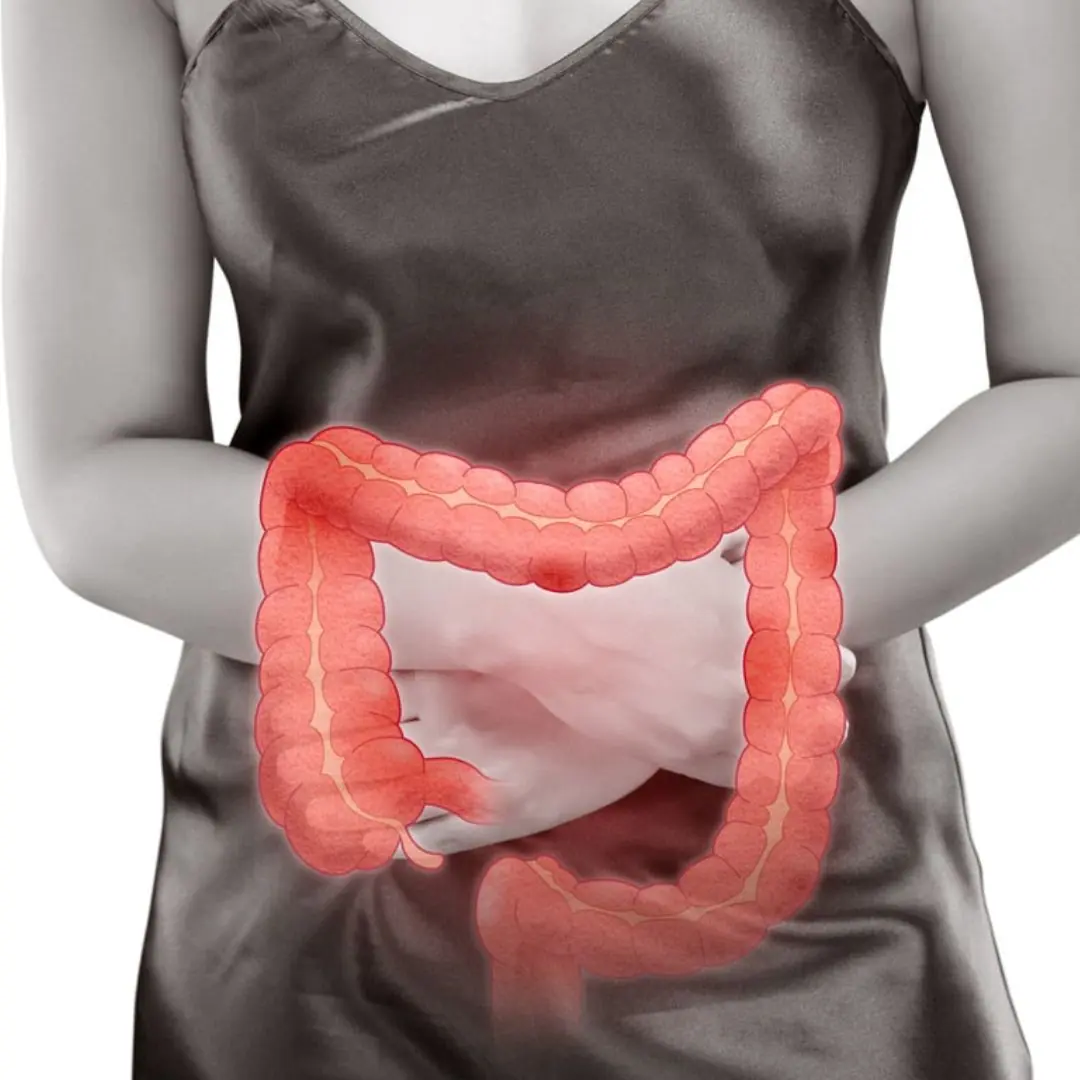
7 foods to avoid in a colon cancer diet
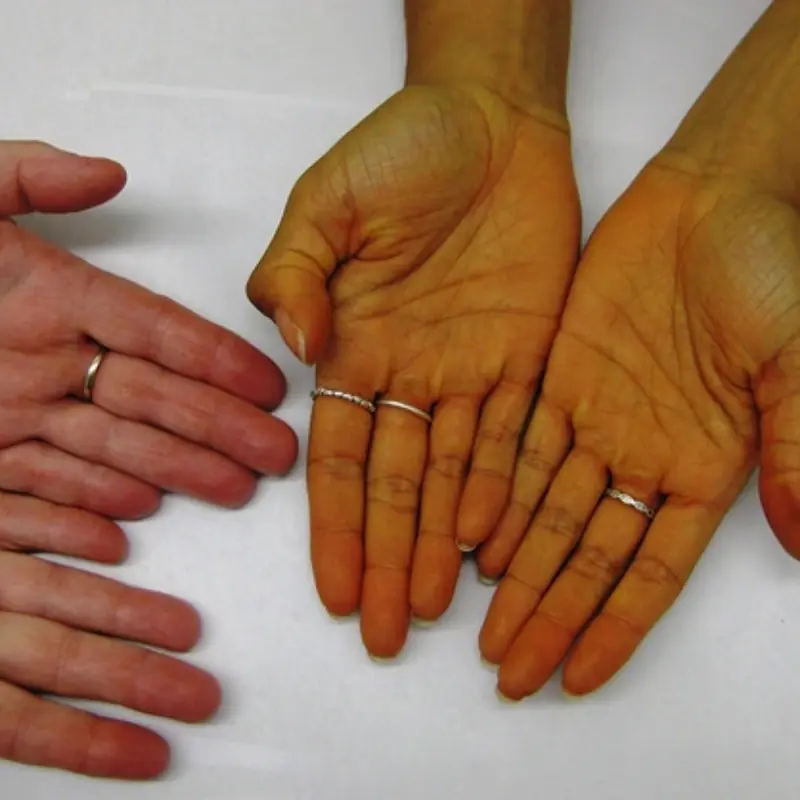
These Are the 5 Earliest Warning Signs Your Body Sends When Can.cer

5 Early Clues Your Body Sends When Bile Du.ct Can.cer Is Taking Hold

An 18-Year-Old Girl Suffered Severe Kid.ney Failure
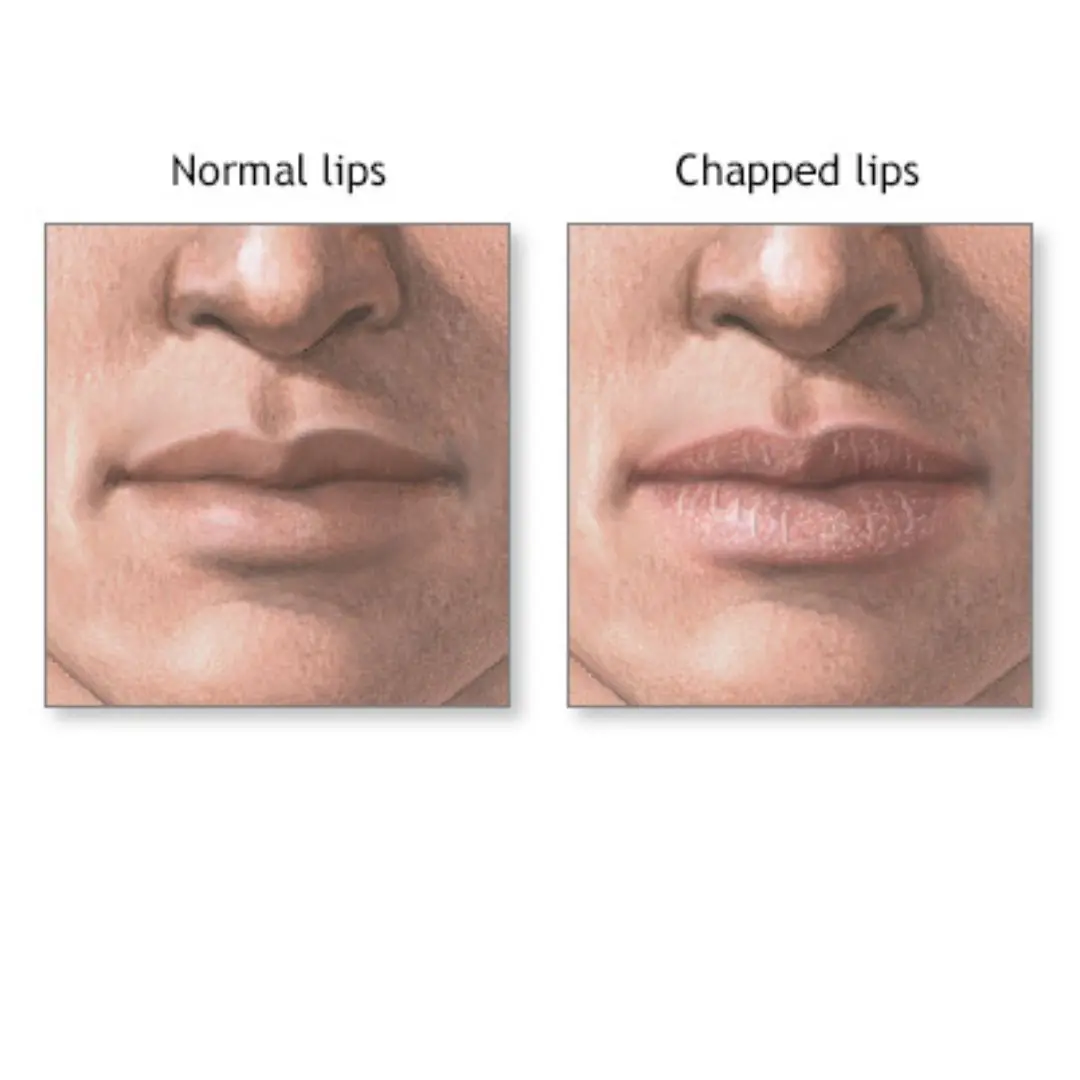
The 8 warning signs your lips reveal about your health – from herpes to liver disease

7 Warning Signs of a Type of Can.cer That’s Treatable but Can Still Make It Hard to Have Children

6 Types of People Who Should Never Eat Too Many Eggs
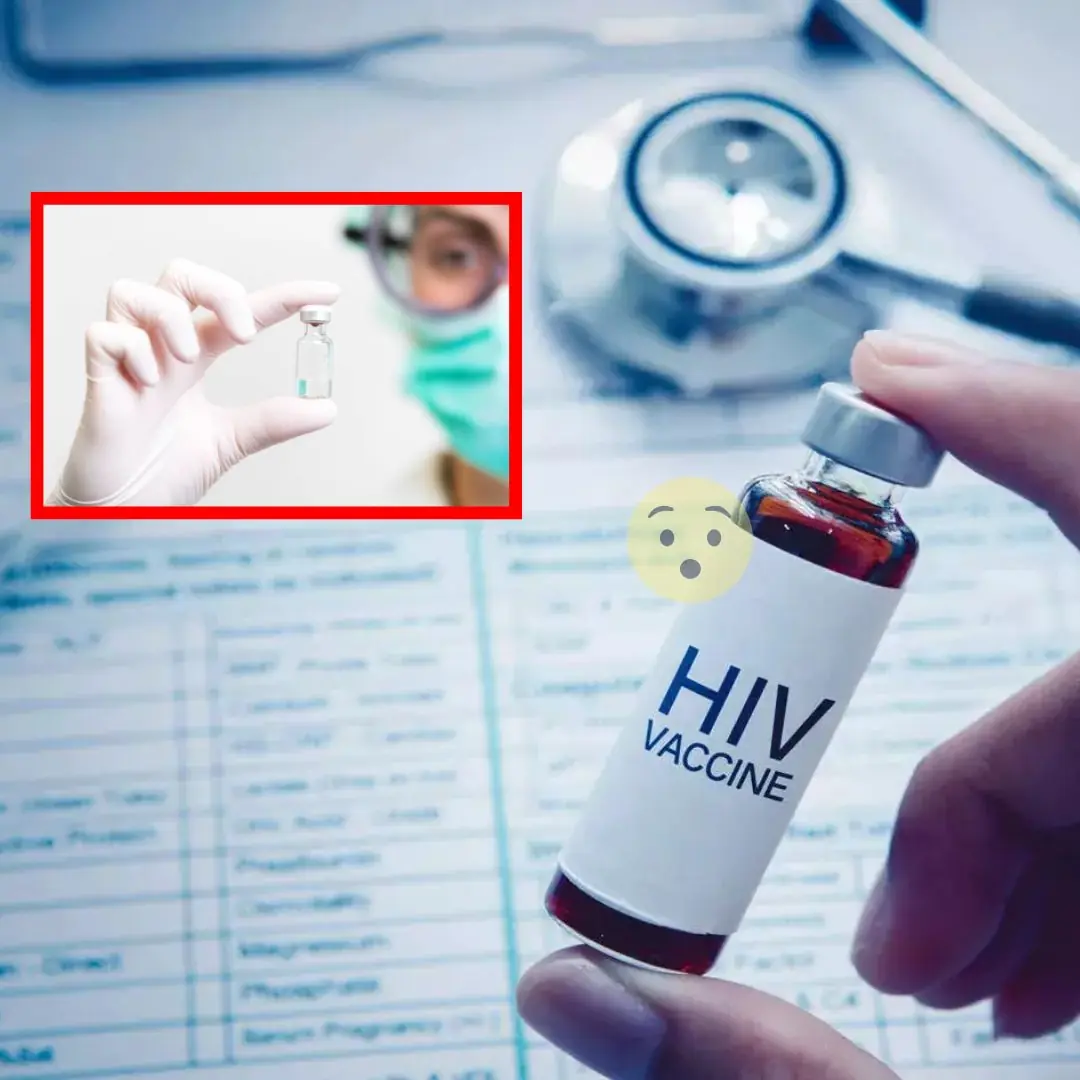
Experimental HIV vaccines show promise in early safety test

6 Types of People Who Should Avoid Eating Too Many Eggs

Check out these 6 health conditions when you drool while sleeping

The real reasons your limbs twitch at night

Snoring and 5 Surprising Indicators of Obstructive Sleep Apnea
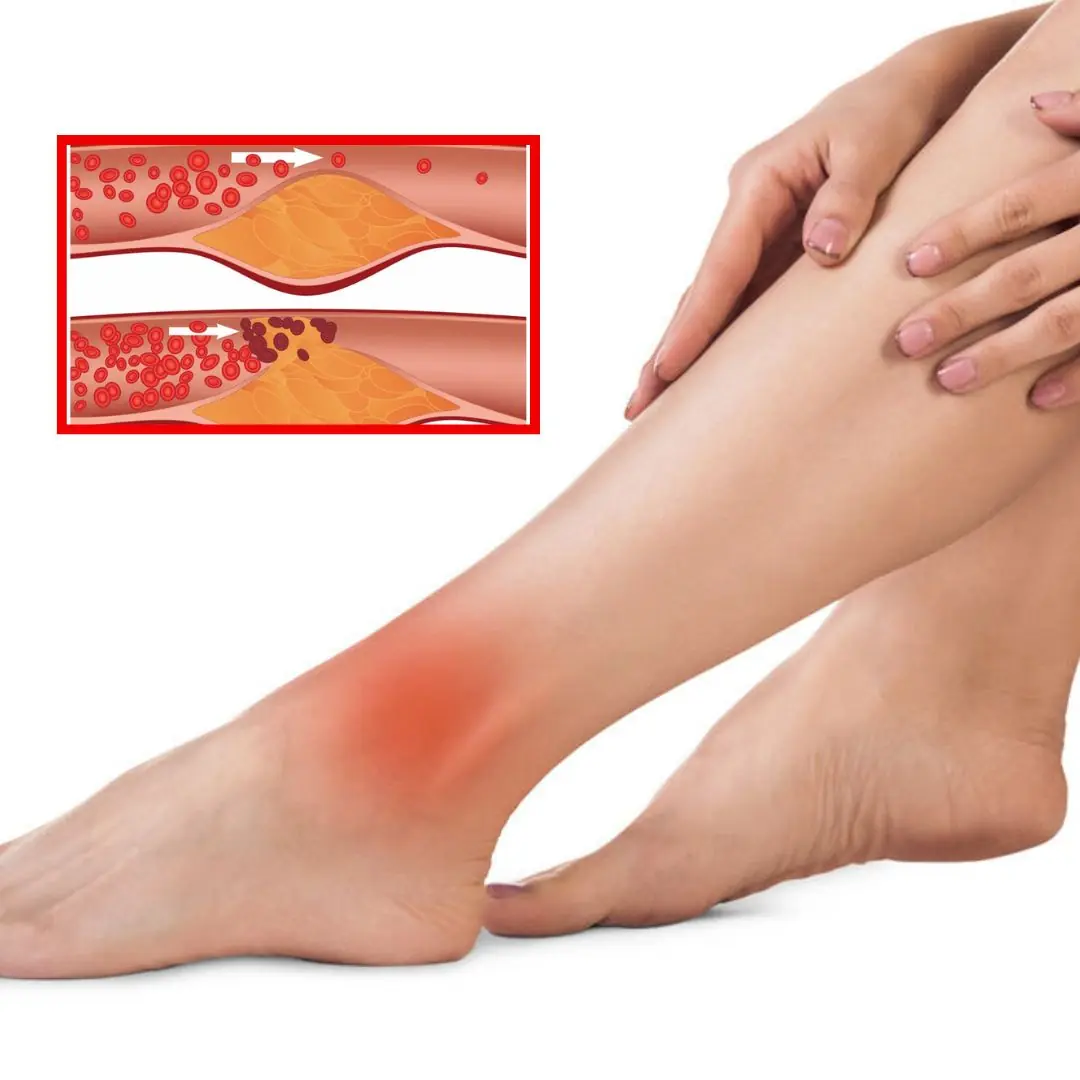
3 characteristics of the feet warn of blocked blood vessels

7 Morning Symptoms Your Body Might Be Using to Signal Hidden Diabetes
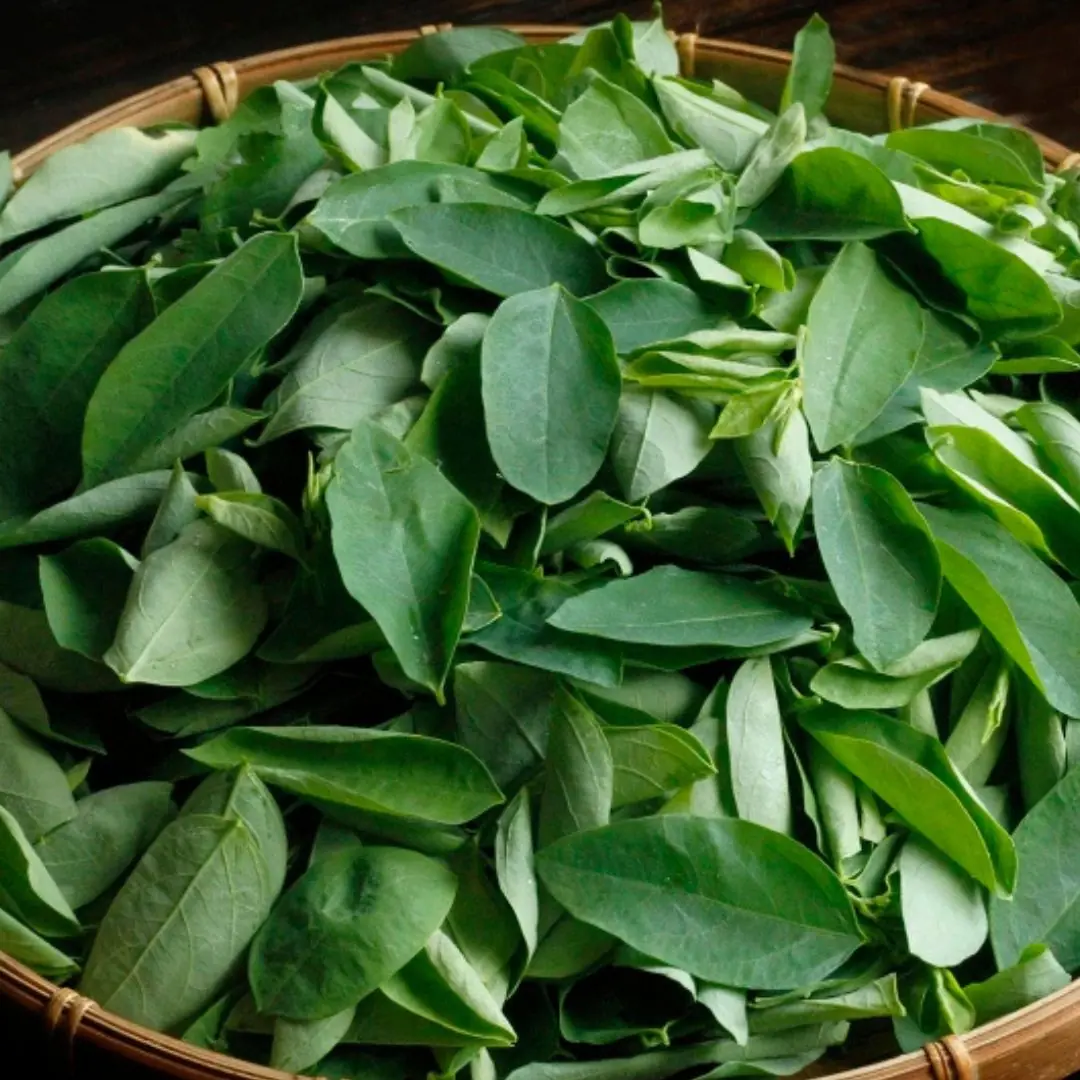
This is a simple vegetable but is so rich in vegetable protein that experts recommend using it instead of meat

Combine these foods with milk and you will get many unbelievable benefits
News Post
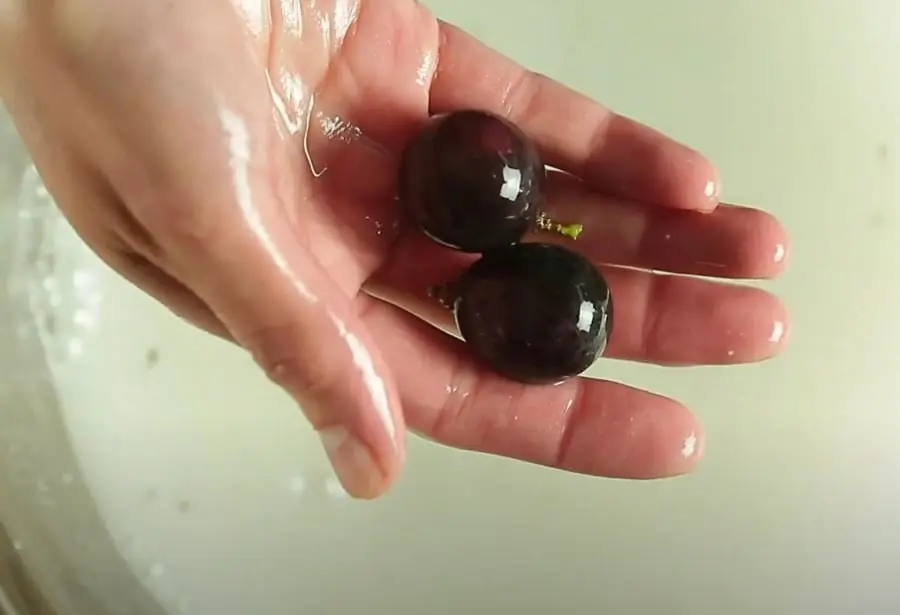
Don’t Eat Grapes Before You Know This Trick

Doctor explains why you should always shower at night instead of the morning

Discover 7 Amazing Ways Drinking Perilla Leaf Water Regularly Can Boost Your Health and Well-Being

Three Types of Vegetables with the Highest Pesticide Residues
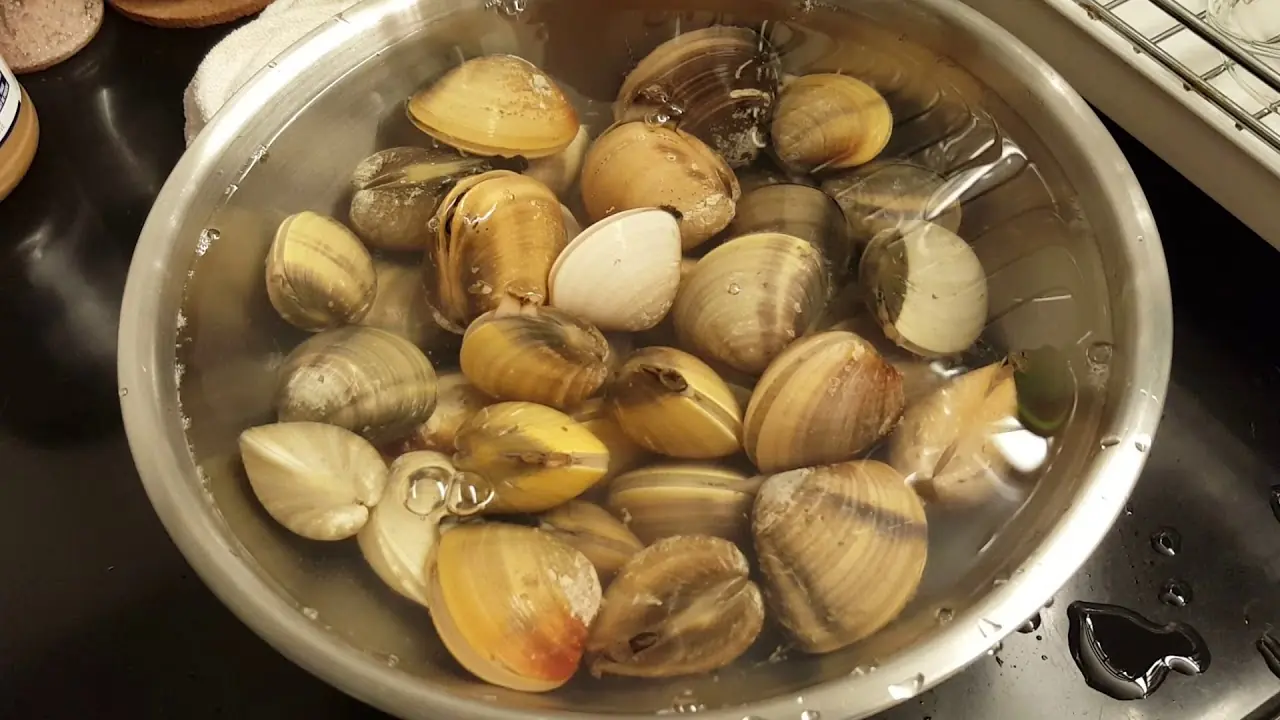
No Matter How You Wash Clams, There’s Still Grit Inside?

What Is the Black Round Hole Next to the Camera on an iPhone For?

Doctor Warns: 5 Symptoms That Could Indicate Bone Cancer

7 foods to avoid in a colon cancer diet

These Are the 5 Earliest Warning Signs Your Body Sends When Can.cer

5 Early Clues Your Body Sends When Bile Du.ct Can.cer Is Taking Hold

An 18-Year-Old Girl Suffered Severe Kid.ney Failure
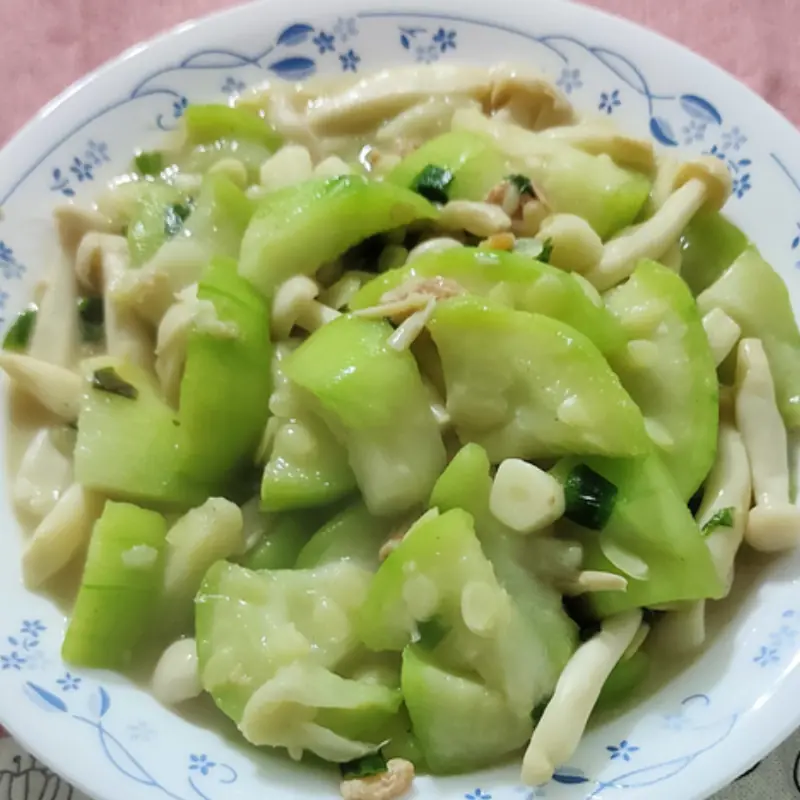
5 Types of Pesticide-Free Vegetables as Nutritious as Ginseng

The Secret to Keeping Potatoes Fresh for 6 Months Thanks to a Surprising “Friend” in the Kitchen

The 8 warning signs your lips reveal about your health – from herpes to liver disease

7 Warning Signs of a Type of Can.cer That’s Treatable but Can Still Make It Hard to Have Children

6 Types of People Who Should Never Eat Too Many Eggs

Experimental HIV vaccines show promise in early safety test

4 “ki.ll.ers” that cause cancer right in your home
